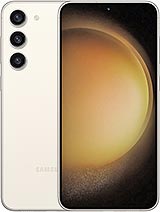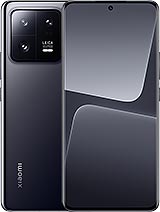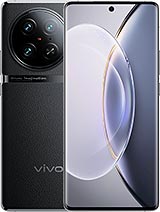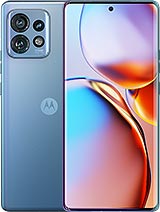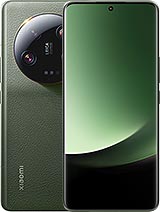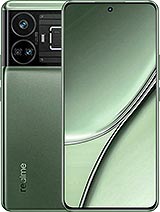Xiaomi 13T Pro review

6.67-inch CrystalRes OLED screen
The Xiaomi 13T Pro employs a 6.67-inch OLED screen of 2,712 x 1,220 pixels resolution or 446ppi density. It is protected by a flat Gorilla Glass 5 sheet and has a small punch-hole near the top.
The screen on the 13T Pro uses one of the most premium panels a smartphone can get these days. There is support for dynamic 144Hz refresh rate, 12-bit color depth (up to 68B colors), 480Hz touch sampling, 2880Hz PWM dimming. In addition to all these niceties, the panel is also HDR10 and Dolby Vision certified.

According to the official specifications, the screen has 1,200nits of High Maximum Brightness (that's the sunlight mode) and up to 2,600nits of peak brightness.
We've completed our display test, and the numbers are in line with Xiaomi's advertisement. We captured 493nits of maximum brightness when controlling the brightness slider manually.
When using the Auto Brightness mode or with the Sunlight Boost enabled, the screen can be much brighter - 1,100 nits to be specific.
The minimum brightness at point white just 1.9 nit!
Color accuracy
The Xiaomi 13T Pro display supports DCI-P3 wide color space. The display color options offer three different color models - Vivid (default, DCI-P3), Saturated (DCI-P3 with saturation boost), and Original color (sRGB). You can fine-tune the color temperature for each mode.
There is also a custom section, where you can select the color gamut (Original, P3, sRGB) and fine-tune colors, saturation, hue, contrast, and gamma.
The Vivid (default) option reproduces DCI-P3 faithfully, and we found it to be fairly accurate, excluding the slightly bluish-white and gray hues, but this is fixable by selecting a warmer color temperature.
The Original color option corresponds to sRGB and offers incredibly accurate rendering, including white and gray colors.
Refresh rate
The display supports up to 144Hz refresh rate, and there are two refresh modes - Custom (choose between 144Hz or 60Hz refresh ceilings), and Default (automatic switching behavior).

Xiaomi has listed five refresh rate steps supported by the 13T Pro - 30Hz, 60Hz, 90Hz, 120Hz, and 144Hz.
The adaptive refresh rate works as expected - it drops down to 60Hz when the screen shows static content. All streaming apps are capped at 60Hz for UI and streaming, too. And, of course, incompatible HFR apps such as the Camera app and Google Maps are always rendered at 60fps.
The only time we saw the screen use 30Hz was for the Always-on Display.
While we never saw 144Hz across the UI, we can confirm the screen uses 144Hz across various games, benchmarks and compatible HFR apps.
HDR and streaming
The Xiaomi 13T Pro comes with Widevine L1 DRM support, and Full HD streaming with HDR10 and Dolby Vision support is available across popular platforms, Netflix included.
Battery life
The Xiaomi 13T Pro is powered by a 5,000mAh battery, a minor upgrade over the 13 Pro and the same capacity as the 12T Pro's cell.
In our Active Use Test, the Xiaomi 13T Pro posted average numbers for web and video use, and above average time for gaming. The Xiaomi 13T and the Poco F5 offer similar times.
Expand to reveal our legacy battery test (Endurance rating). How we test now.
We've completed our battery life tests, and the Xiaomi 13T Pro scored a very good endurance rating of 102 hours. The on-screen tests are rather average though - the phone lasted about 13 hours on our web browsing test and 15 hours when playing looped videos. It can go over a day when in calls.
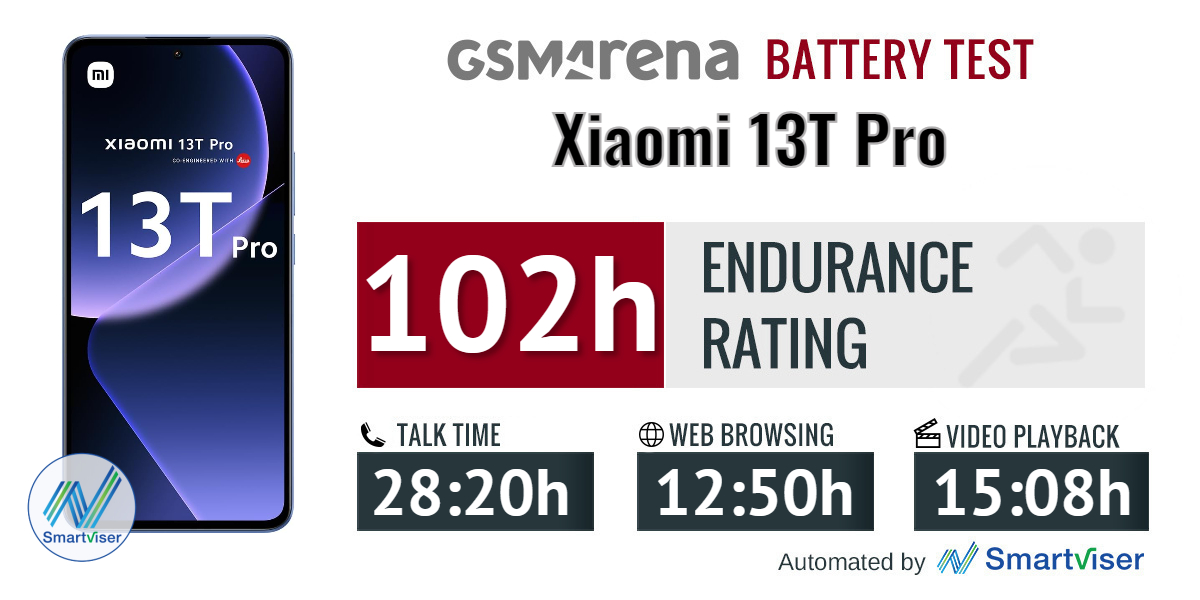
Our battery tests were automated thanks to SmartViser, using its viSerDevice app. The endurance rating denotes how long the battery charge will last you if you use the device for an hour of telephony, web browsing, and video playback daily. More details can be found here.
The Xiaomi 13T Pro has an excellent standby performance (about 370 hours), which helped bring its total endurance rating to over 100 hours. But when compared to Xiaomi 13 Pro, it did worse on all tests, but if compared to the 12T Pro, it is, in fact, a bit better in almost every test.
Video test carried out in 60Hz refresh rate mode. Web browsing test done at the display's highest refresh rate whenever possible. Refer to the respective reviews for specifics. To adjust the endurance rating formula to match your own usage patterns check out our all-time battery test results chart where you can also find all phones we've tested.
Charging speed
The Xiaomi 13T Pro supports 120W HyperCharge support for its 5,000mAh battery. The phone comes bundled with a 120W GaN charger and an appropriate 6A-rated cable, so you are good to go right out of the box.

Just like with other 120W-capable Xiaomi phones, the 13T Pro supports Boost Charge mode - this feature allows the fastest possible charging at 120W, but only when the phone is with its screen turned off as an overheating prevention measure. This option is turned off by default, but you can enable it from within the Battery settings.
Naturally, we did our charging test with the Boost mode, as otherwise, the phone is limited to 60W-80W charging.
The Xiaomi 13T Pro and its 120W charger are an excellent combination. We got 33% in just 5 minutes. Then we clocked 51% of charge in 10 minutes and 68% in 15 minutes! A full charge took 26 minutes, slightly above the promised 19 minutes from Xiaomi.
During the 120W fast charging, the phone didn't get hot, just warm.
Optimized charging is available, an option that should prolong the lifespan of your battery.
Speakers
The Xiaomi 13T Pro has a traditional hybrid stereo speaker setup of the new variety. It has the two pieces placed on its top and bottom sides behind dedicated grilles. The top speaker also acts as an earpiece, and that's why it has another front-facing outlet.

The top speaker is much quieter than the bottom and focuses mostly on high frequencies. But since it has two outlets - the Xiaomi 13T Pro delivers balanced audio output. The speakers support Dolby Atmos enhancement, and it's ON by default.
The Xiaomi 13T Pro scored a Good mark on our loudness test. The sound quality is also good - the vocals are great, there is some minor bass presence, while the high frequencies could have been richer.
Turning OFF the Dolby Atmos makes a little difference - it offers slightly richer but less balanced output.
Use the Playback controls to listen to the phone sample recordings (best use headphones). We measure the average loudness of the speakers in LUFS. A lower absolute value means a louder sound. A look at the frequency response chart will tell you how far off the ideal "0db" flat line is the reproduction of the bass, treble, and mid frequencies. You can add more phones to compare how they differ. The scores and ratings are not comparable with our older loudspeaker test. Learn more about how we test here.
Reader comments
- The.Baban
- 21 Apr 2025
- 0Lq
Honestly a really great and beefy phone for the price (I have the 1To because it was the cheapest I had it for 700€) The only really big downside is Xiaomi themselves with the complete lack of support
- Anon
- 14 Jan 2025
- S31
You can use universal android debloater from gihub to get rid of unwanted apps.
- P
- 08 Nov 2024
- uE%
Try turning off the background data of the app 'Wallpaper Carousel', or disable it. It is built-in and cannot be unistalled, though.

